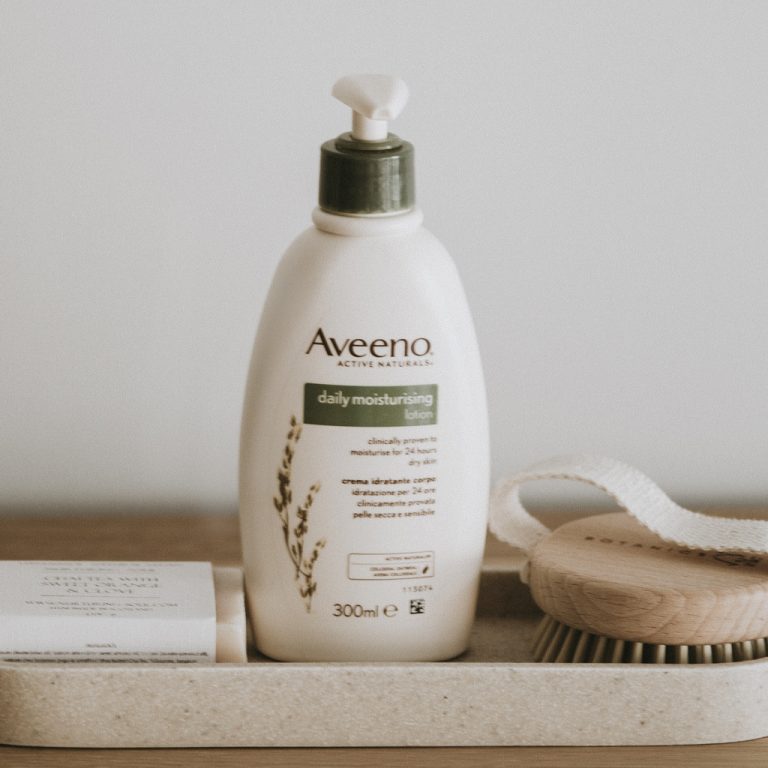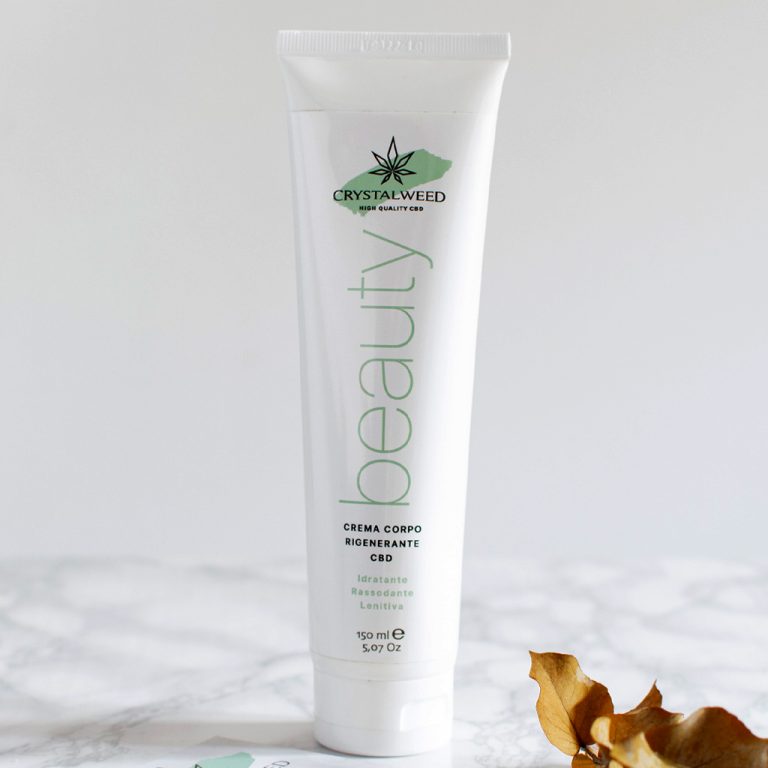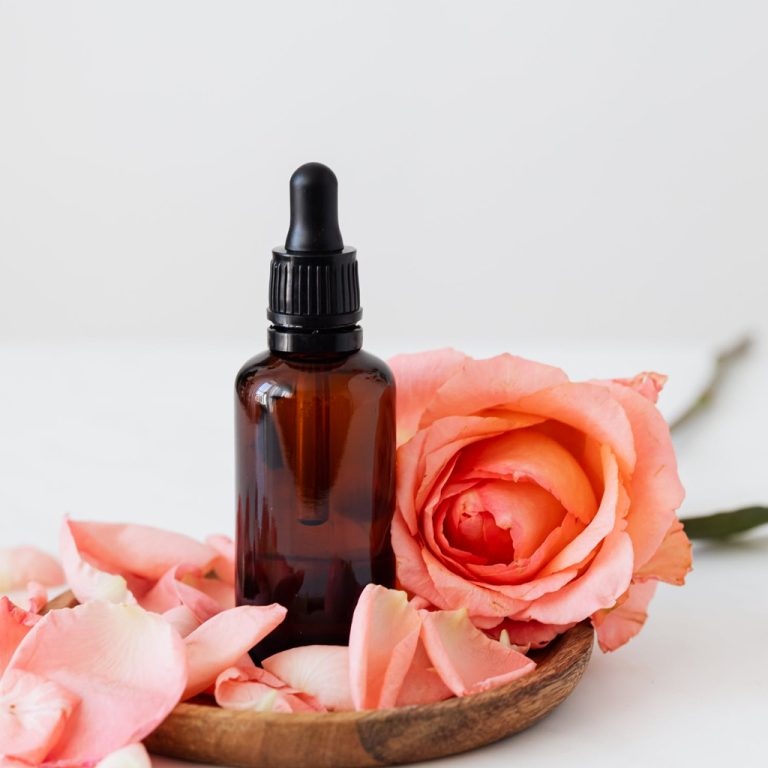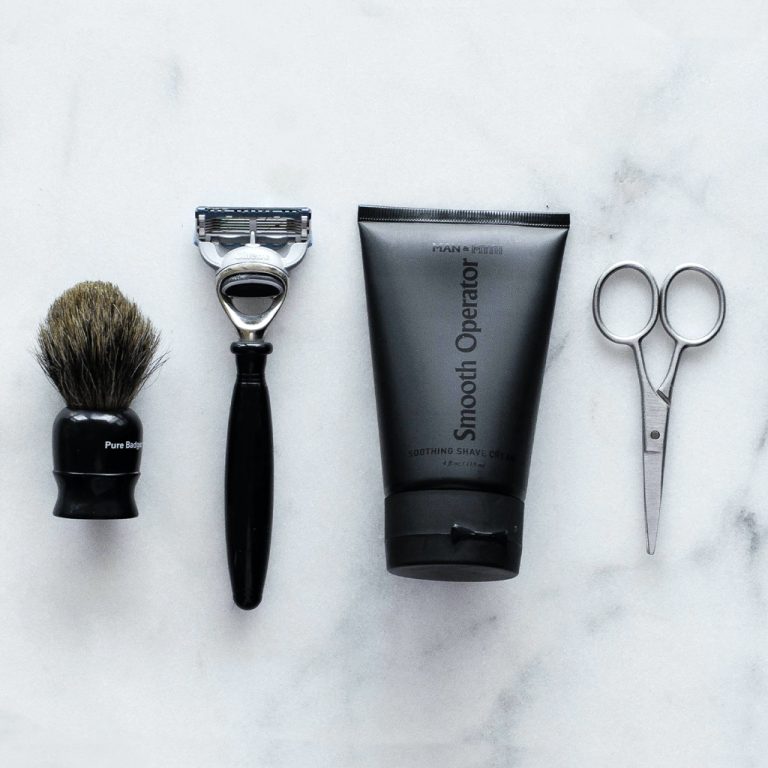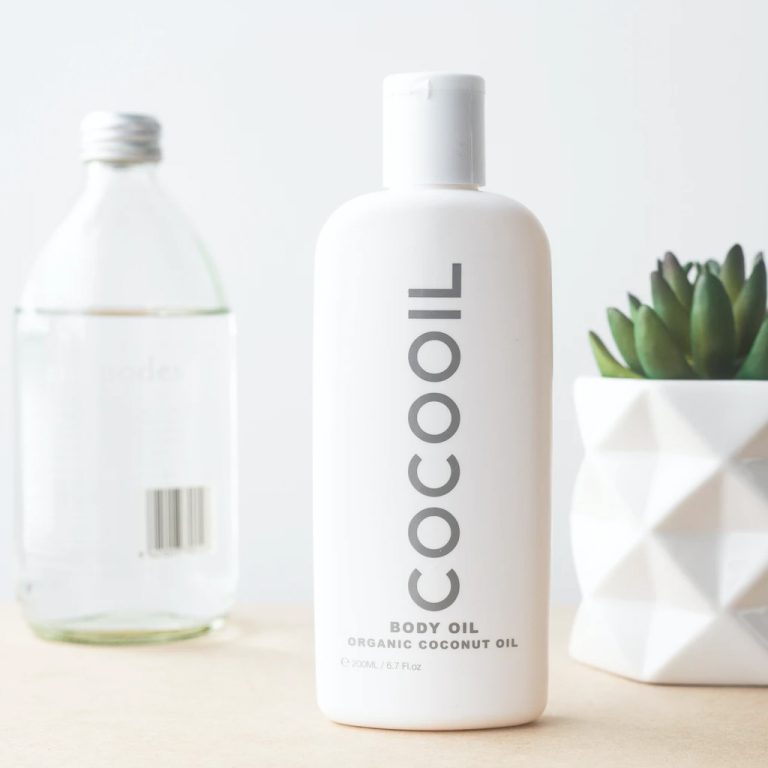vapepointz join to feel limitless joy
The New Reality of Weed Vape Australia: Regulations, Risks, and Restrictions
The devastating outbreak of EVALI (e-cigarette, or vaping, product use associated lung injury) in 2019–2020 claimed at least 68 lives and hospitalized thousands. This alarming health crisis has prompted strict regulations for weed vape Australia products, as we’ve witnessed growing evidence of serious respiratory complications linked to dry herb vaporizer devices.
Despite claims of reduced harm compared to traditional cigarettes, vaping products contain over 200 harmful chemicals including formaldehyde, arsenic, and heavy metals. As a result, we’ve seen Australia implement significant restrictions on products like Juul Australia and other herbal vape devices. Even more concerning, laboratory testing reveals that supposedly “nicotine-free” products often contain significant nicotine levels, making the decision to buy weed vape Australia products increasingly risky. Additionally, the availability of weed pens Australia and weed vape juice Australia has come under strict scrutiny, with NSW now prohibiting sales outside of pharmacies due to the potential for rapid addiction and impaired brain development, particularly in users under 25.
Australia Enforces Weed Vape Australia Crackdown After Health Alarms
Following growing health concerns, Australia has implemented sweeping reforms to regulate vaping products across the country. The Australian Government announced these changes in May 2023, with implementation occurring in stages throughout 2024 and 2025. The centerpiece of these reforms is the Therapeutic Goods and Other Legislation Amendment (Vaping Reforms) Act 2024, which took effect on July 1, 2024, significantly impacting the weed vape Australia market.
From January 1, 2024, Australia banned the importation of disposable vapes. Subsequently, on March 1, 2024, stricter requirements were introduced, including a ban on importing all vapes without a license and permit, with flavors limited to mint, menthol, or tobacco. These vape regulations have drastically changed the landscape for herb vapes Australia and other weed vape Australia products.
The Australian Border Force (ABF) has already stopped over 6.3 million vaping products from entering Australia between January and December 2024. Meanwhile, the government has committed an additional AUD 163.60 million for regulation and enforcement of these new laws, demonstrating their commitment to vape safety and public health.
Notably, medical cannabis vape Australia devices have separate regulations. Currently, there are specific TGA-approved devices in the Australian Register of Therapeutic Goods (ARTG) that can be purchased by patients in pharmacies.
Under the new rules, all vapes and vaping products—regardless of whether they contain nicotine—can only be sold in pharmacies for helping people quit smoking or manage nicotine dependence. Furthermore, single-use disposable vapes cannot be purchased in pharmacies at all, significantly limiting the weed vape Australia experience for many users.
The penalties for breaching these laws are severe, including:
Up to seven years in jail per offense
Fines up to AUD 33.48 million per contravention
For individuals seeking weed vaporizer products in Australia, the regulations are particularly strict. Only medicinal cannabis vaping devices included in the ARTG can be legally obtained with proper authorization.
Consequently, the government’s enforcement strategy targets commercial and criminal supply chains rather than individual users. Health Minister Mark Butler stated, “The government is committed to successfully implementing its world-leading vaping reforms, to reduce the public health menace that is recreational vaping”.
These reforms come in response to alarming statistics showing that lifetime use of vapes in Australia increased from 11.3% in 2019 to 19.8% in 2022/23, with significant concerns about youth access to herb vapes Australia and weed vape Australia products.
Authorities Link Weed Vape Australia to Rising Health Risks
Recent laboratory analysis of e-cigarette liquids has revealed a toxic cocktail of chemicals present in these products. Scientists identified 243 different chemical ingredients in e-liquids and aerosols, with most being flavoring compounds (235 out of 243). Moreover, testing of supposedly “nicotine-free” e-liquids found that 63% actually contained nicotine, highlighting significant mislabeling issues in the market and raising concerns about the safety of herbal vape products.
Health authorities have identified numerous dangerous substances in vape products that pose serious health risks. These include formaldehyde (used to preserve dead bodies), acrolein (found in weed killer), and heavy metals like arsenic, lead, and cadmium. Indeed, researchers discovered 42 chemicals in vapes known to damage lungs and airways, emphasizing the importance of vaporizer maintenance and proper use of vape accessories to minimize risks.
The medical condition EVALI has been directly linked to vaping practices. By February 2020, more than 2,800 patients had been hospitalized with EVALI across the United States, resulting in 68 deaths. Specifically, vitamin E acetate, a synthetic form of vitamin E found in some THC-containing vaping products, was detected in the lung fluid of 48 out of 51 EVALI patients sampled across 16 states.
Australian research has uncovered similarly concerning findings. A comprehensive chemical assessment of Australian e-liquids identified potentially harmful chemicals both in purchased forms and after simulated vaping. Researchers found 2-chlorophenol in 27 fresh and 30 aged samples at concentrations up to 206 mg/L.
Neuroscientists have also documented how vaping affects brain development. Nicotine addiction can occur rapidly, with the chemical moving from lungs to brain in just 10 seconds. For users under 25, vaping can actually “rewire” the brain, affecting memory, attention, learning, and mood regulation.
Although long-term health effects remain under investigation, current evidence indicates that vaping exposes users to serious health risks that prompted Australia’s regulatory crackdown on weed vaporizer products, including strict pharmacy-only access restrictions for weed vape Australia items.
Government Limits Access to Weed Vape Australia Through Pharmacies
Under Australia’s new vaping laws, all vape products can now only be accessed through pharmacies, marking a significant shift in how consumers obtain these items. Since July 1, 2024, the sale of all vapes—regardless of whether they contain nicotine—has been restricted exclusively to pharmacies for the purpose of helping people quit smoking or manage nicotine dependence. This change has significantly impacted the availability of weed vape Australia products and brands.
From October 1, 2024, adults 18 years and older can purchase vapes with nicotine concentrations of 20 mg/mL or less without a prescription from participating pharmacies, according to federal regulations. However, this access comes with strict conditions. Before purchase, customers must:
Discuss the product and appropriate dosage with a pharmacist
Explore other smoking cessation options
Provide identification for age verification
These consultations typically take 15–20 minutes, with some pharmacies charging a fee for this service. Further, purchases are limited to one month’s supply over the course of a month. This system aims to ensure responsible use and proper vaporizer selection for those seeking to quit smoking.
Nevertheless, two states—Tasmania and Western Australia—have overridden federal laws, maintaining prescription-only access for all vapes regardless of age. This creates a patchwork of regulations across the country, complicating access for users and affecting vape delivery Australia services.
For users under 18 years, a prescription from a medical or nurse practitioner remains mandatory nationwide. Generally, anyone requiring vapes with nicotine concentrations exceeding 20 mg/mL will likewise need a prescription.
Concerning medical cannabis vape Australia products, they must comply with even stricter regulations. Such products require proper authorization through the Special Access Scheme pathways and must be included in the ARTG as TGA-approved devices.
Thus far, several major pharmacy chains—including TerryWhite Chemmart, Priceline Pharmacy, National Pharmacies, and the 777 Group—have expressed opposition to these changes, indicating they won’t sell vapes without prescriptions. This stance reflects ongoing concerns about insurance coverage if customers develop health issues from pharmacist-recommended vapes.
In terms of product specifications, available vapes must adhere to plain pharmaceutical packaging standards, with flavors restricted to mint, menthol, and tobacco, effectively limiting options for those seeking weed vape juice Australia products. This standardization aims to reduce the appeal of vaping to younger users and ensure consistent quality across products.
Conclusion: The Future of Weed Vape Australia
Australia’s comprehensive vaping reforms represent one of the world’s most rigorous approaches to addressing growing health concerns. Throughout this regulatory evolution, we’ve witnessed a significant shift from relatively unrestricted access to a tightly controlled pharmacy-only model. Certainly, the discovery of hundreds of harmful chemicals in vaping products justifies these strict measures and emphasizes the importance of vape safety.
The alarming statistics cannot be ignored—68 deaths and thousands hospitalized due to EVALI alone. Additionally, the revelation that 63% of “nicotine-free” products actually contained nicotine highlights the deceptive practices that previously plagued the industry, underscoring the need for stringent vape legality Australia measures.
Though some users might find these new regulations restrictive, the health evidence strongly supports this cautious approach. Consequently, anyone seeking weed vape Australia products must now navigate a complex regulatory landscape that varies between states and requires proper medical authorization in most cases.
For young Australians especially, these reforms arrive at a critical time. Previously, vaping rates had jumped from 11.3% to 19.8% between 2019 and 2022/23. The government’s decisive action therefore addresses both immediate health concerns and long-term public health objectives, reshaping the weed vape Australia market.
Last but not least, these regulations establish a clear framework where therapeutic use remains accessible while recreational use faces substantial barriers. Whether these measures will effectively curtail the rising vaping trend remains to be seen, but Australia has undeniably positioned itself at the forefront of protecting public health from vaping-related risks.
As the landscape continues to evolve, consumers, healthcare providers, and weed vape shop owners in Australia must stay informed about the latest regulations and safety guidelines. The future of weed vape Australia will likely see continued emphasis on TGA-approved devices, strict quality control, and ongoing research into the long-term effects of various vaping products on public health.
